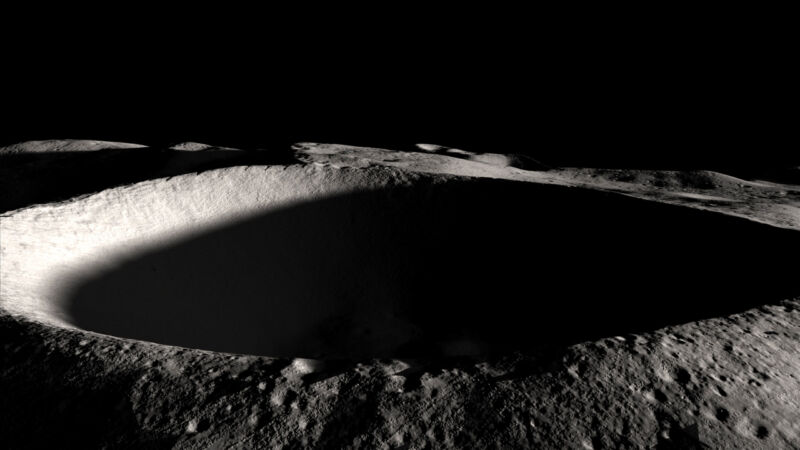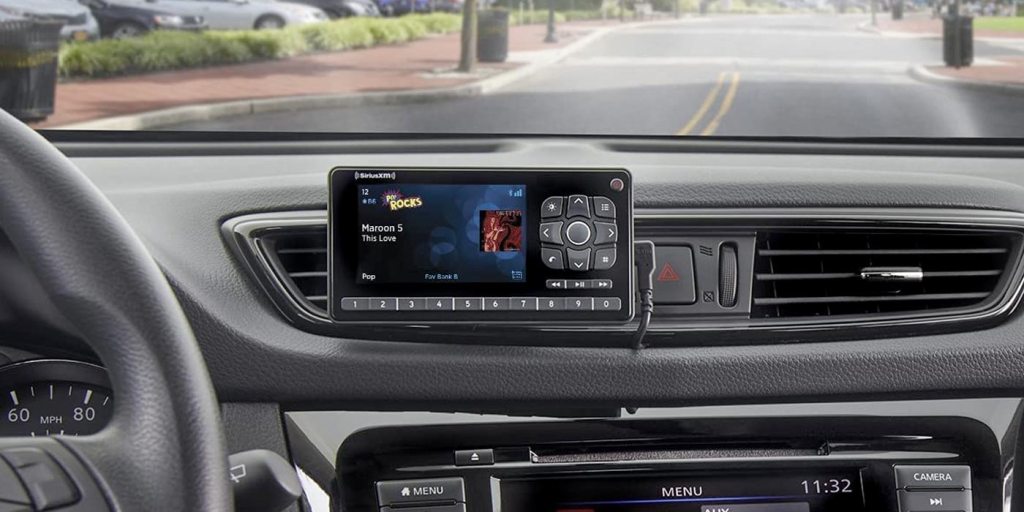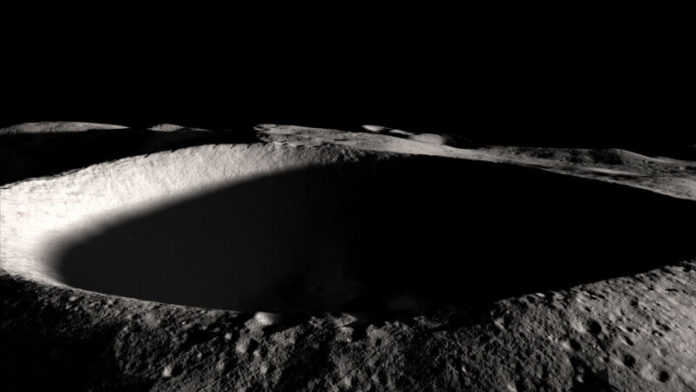
Enlarge / Permanently shadowed craters at the lunar poles are an area of interest for the resources they might harbor. (credit: LROC / ASU / NASA)
For the first time ever, the United States is getting serious about fostering an economy on the Moon.
NASA, of course, is in the midst of developing the Artemis program to return humans to the Moon. As part of this initiative, NASA seeks to foster a lunar economy in which the space agency is not the sole customer.
That's easier said than done. A whole host of conditions must be met for a lunar economy to thrive. There must be something there that can be sold, be it resources, a unique environment for scientific research, low-gravity manufacturing, tourism, or another source of value. Reliable transportation to the Moon must be available. And there needs to be a host of services, such as power and communications for machines and people on the lunar surface. So yeah, it's a lot.
Read 14 remaining paragraphs | Comments
Ars Technica - All contentContinue reading/original-link]




